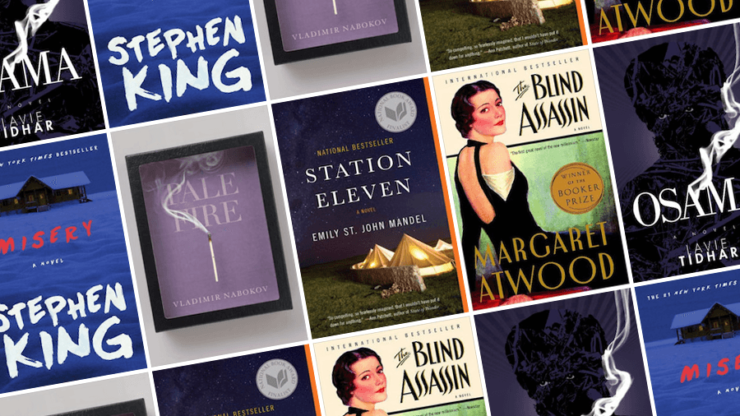Writers are book-lovers. It’s not surprising that the plots they devise often have to do with reading, storytelling, or the creation of works of literature. Sometimes, writers just namecheck fictional titles in passing. Other times, they describe their made-up books in loving detail, or include whole chapters. These nonexistent texts expand the scope of the “real” work and disrupt its form, providing opportunities for satire, playfulness, and contradiction. Made-up books can feel just as vital as the books that enclose them. Which story is the real story?
My debut novel, Famous Men Who Never Lived, is about a refugee from an alternate universe who is trying to track down the last copy of a work of sci-fi that was never written in our world. I included excerpts from that fictional novel, The Pyronauts, because I’ve always liked the way nested narratives can talk to each other. Here are five of my favorite examples:
Misery’s Return (from Misery by Stephen King)
Paul Sheldon’s series of trashy historical novels so enthralls disgraced nurse Annie that she rescues him from a car wreck only to keep him at her house and compel him to “fix” the death of its 19th-century heroine, Misery Carmichael, nee Chastain. In the new book, composed in a haze of medical torture and opioid painkillers on a second-hand typewriter that’s missing its n key, Paul finds a surprising kind of escape—it’s the best book he’s written and he couldn’t have done it without his captor. King reproduces sections from Misery’s Return (with handwritten ns), vivid and increasingly strange. I remember reading King’s novel as a kid (I was definitely too young for it!) on a family vacation. As soon as we got home, I rushed off to the library, hoping that somehow, the Misery books were real.
Buy the Book
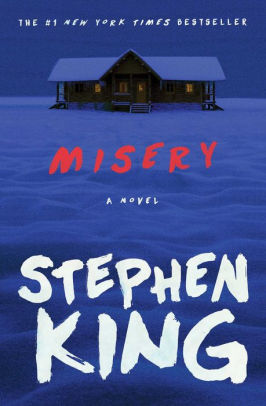

Misery
“Pale Fire” (from Pale Fire by Vladimir Nabokov)
The epic poem “Pale Fire” was the masterpiece of the late John Shade, or so we are told by Charles Kinbote, his neighbor, who has set out to edit a definitive edition. We read Shade’s four-canto poem first, uninterpreted. Then, Nabokov gives us the lines again, this time interspersed with Kinbote’s notes, which cast the poem as veiled commentary on the dramatic escape of Charles II of Zembla. But that’s kind of hard to believe, because Shade never actually mentions the European country or its deposed ruler. Could Kinbote himself be King Charles in hiding, reading his own life history into the poem? Is he a madman who invented Zembla? Or did Shade write the notes himself and make up Kinbote? No matter what we come away believing—and all of these theories sound credible to me—the frisson between poem and notes is extremely satisfying.
Buy the Book
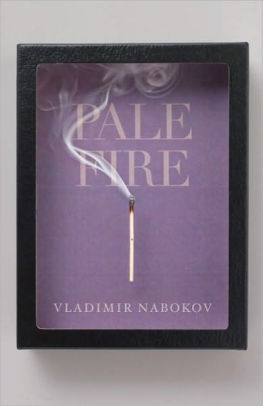

Pale Fire
Dr. Eleven (from Station Eleven by Emily St. James Mandel)
Twenty years after a flu pandemic ravaged the United States, survivor Kirsten carries around two tattered issues of a comic book called Dr. Eleven that were given to her as a child. Decades earlier, we follow their creator, administrative assistant Miranda, as she sketches the first panels, after hours at her quiet desk at a logistics company. The titular character lives on a flooded space station where it is always twilight, or nighttime; his enemies attack from fallout shelters underwater. “You don’t have to understand it,” Miranda tells her unappreciative boyfriend. “It’s mine.” Mandel’s book contains only words; she can’t show us Station Eleven. But her descriptions of the comic’s moody simplicity leave me feeling like I can see Miranda’s inner world, giving me a fuller sense of why Kirsten prizes the issues.
Buy the Book
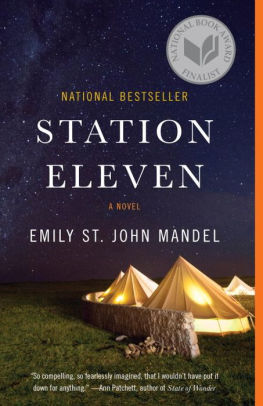

Station Eleven
The Blind Assassin story from the fictional novel The Blind Assassin (from The Blind Assassin by Margaret Atwood)
In Sakiel-Norn, a city on the planet Zyrcon, a killer-for-hire who was blinded as a child by slave labor in a carpet factory falls in love with an escaped temple virgin. This is a tale spun by a young radical in 1940s Canada to entertain his privileged girlfriend when they meet in secret. A fictional novel called The Blind Assassin alternates between the two sets of lovers and wins posthumous fame for Laura Chase. Everyone assumes she is the woman in the rendezvous, but Atwood shuffles in recollections from Laura’s now-elderly sister, Iris, which reveal a more complicated truth. The Blind Assassin received a chilly reception in Iris and Laura’s hometown, where it was denounced from the pulpit and pulled from shelves, but I had trouble keeping myself from flipping ahead to get to the next Sakiel-Norn section and the barbed banter of the star-crossed young couple.
Buy the Book
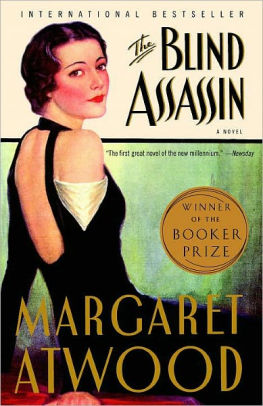

The Blind Assassin
The Osama Bin Laden: Vigilante series (from Osama by Lavie Tidhar)
Joe, a private investigator in an alternate reality, loves to read novels that detail the planning and execution of terrorist attacks—because global terrorism does not exist beyond their pages. A client who hires him to track down the series’ author sends Joe across the globe from Laos to Paris, London and New York, while shadowy operatives who want to keep the realities apart tail, assail, and finally imprison him. The Osama Bin Laden: Vigilante books are popular trade paperbacks with garish covers, released by an imprint that also publishes porn, but as Joe points out, they “read like the lab reports of a morgue, full of facts and figures all concerned with death.” The clinical excerpts Tidher includes from the books made me think about the chance casualties of these real attacks; it is Joe’s world that feels like a pulp.
Buy the Book
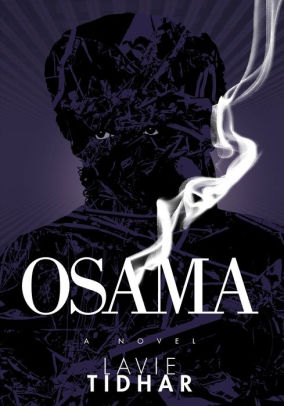

Osama
 K Chess is the author of short stories honored by the Nelson Algren Literary Award and the Pushcart Prize. She was a W. K. Rose Fellow, earned an MFA from Souther Illinois University, and currently teaches at GrubStreet. She lives with her wife in Providence, Rhode Island. Her novel Famous Men Who Never Lived is now available from Tin House Books.
K Chess is the author of short stories honored by the Nelson Algren Literary Award and the Pushcart Prize. She was a W. K. Rose Fellow, earned an MFA from Souther Illinois University, and currently teaches at GrubStreet. She lives with her wife in Providence, Rhode Island. Her novel Famous Men Who Never Lived is now available from Tin House Books.










